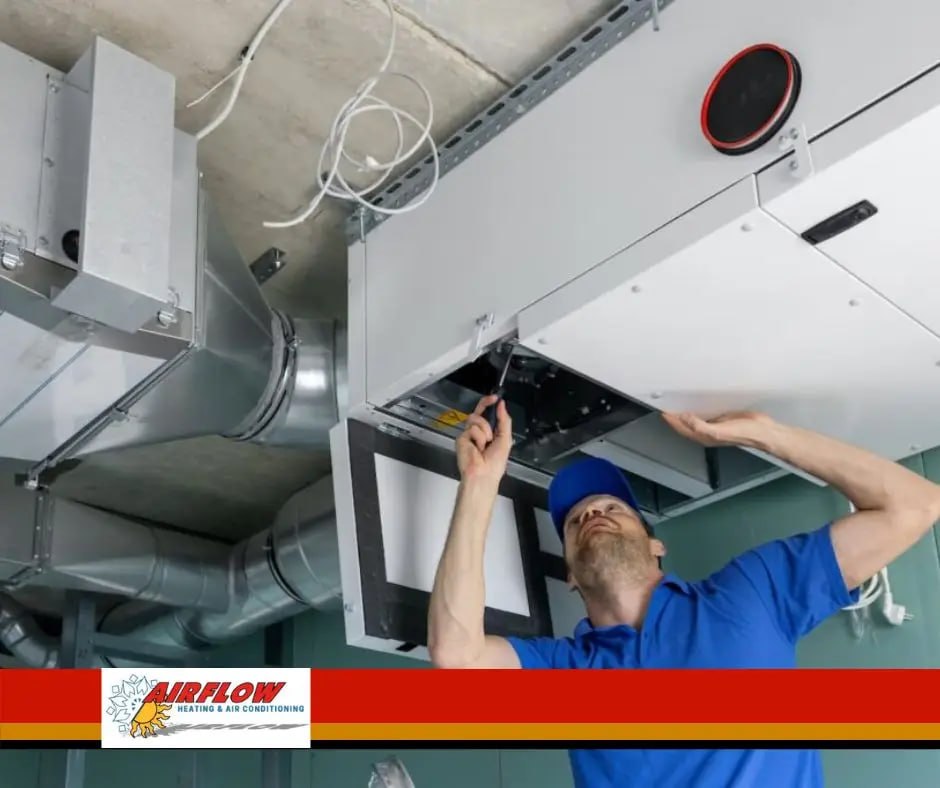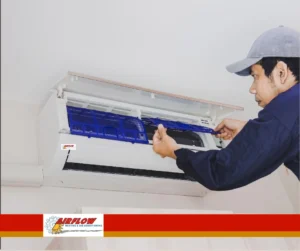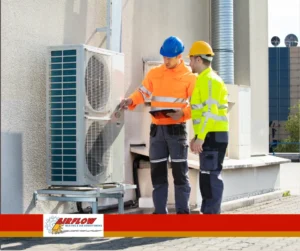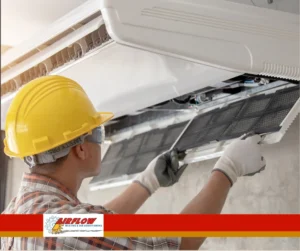Installing an air purifier is a vital step in enhancing indoor air quality. Professional installation ensures the system operates efficiently and effectively. Here’s a detailed, step-by-step guide to professional air purifier installation for air quality systems.
Initial Assessment and Planning
The first step in professional air purifier installation is a thorough assessment of your home’s air quality needs. Technicians evaluate various factors, including the size of the rooms, existing ventilation systems, and specific air quality concerns such as allergens or pollutants. This assessment helps determine the most suitable air purifier model and placement for optimal performance. Proper planning ensures that the installation addresses your unique air quality requirements effectively.
Selecting the Optimal Location
Choosing the right location for the air purifier is crucial for its efficiency. Professionals consider airflow patterns, proximity to pollution sources, and room layout to determine the best placement. The unit should be positioned in an area where it can effectively circulate clean air throughout the space, away from obstructions like furniture or walls. Proper placement ensures maximum coverage and efficiency, enhancing the overall effectiveness of the air quality system.
Installation and Setup
Once the optimal location is selected, the installation process begins. This involves several critical steps:
-
Mounting the Unit: For wall-mounted air purifiers, the unit is securely attached to the wall. Professionals ensure portable units are placed on a stable surface.
-
Connecting to Power: The air purifier is connected to a power source. For integrated systems, this may involve connecting to the HVAC system.
-
Filter Installation: Professionals install the appropriate filters according to the manufacturer’s specifications. This includes HEPA filters, activated carbon filters, or any specialized filters required for specific air quality concerns.
-
System Integration: For air purifiers that are part of a larger air quality system, technicians integrate the unit with existing HVAC systems or ductwork, ensuring seamless operation.
Testing and Calibration
After installation, thorough testing and calibration are essential to ensure the air purifier operates correctly. Technicians turn on the unit and check for proper airflow and filtration performance. They calibrate the system settings according to the manufacturer’s guidelines, adjusting fan speeds, filter alerts, and other features to optimize performance. This step ensures that the air purifier effectively removes contaminants and provides clean air throughout your home.
Maintenance and Follow-Up
Ongoing maintenance is crucial for maintaining the efficiency of your air quality system. Professional services often include maintenance packages that provide regular inspections, filter replacements, and system cleaning. Technicians check for any issues that might affect performance and address them promptly. Regular maintenance ensures that your air purifier continues to operate at peak efficiency, providing long-term benefits for your indoor air quality.
Professional air purifier installation involves a comprehensive assessment, careful selection of location, precise setup, thorough testing, and ongoing maintenance. These steps ensure that your air quality system operates efficiently and effectively, providing clean and healthy air for your home.
Read More:
Top Factors to Consider When Hiring Air Purifier Installation Services for Air Quality Systems
Why Choose Professional Services for Air Purifier Installation in Air Quality Systems?





